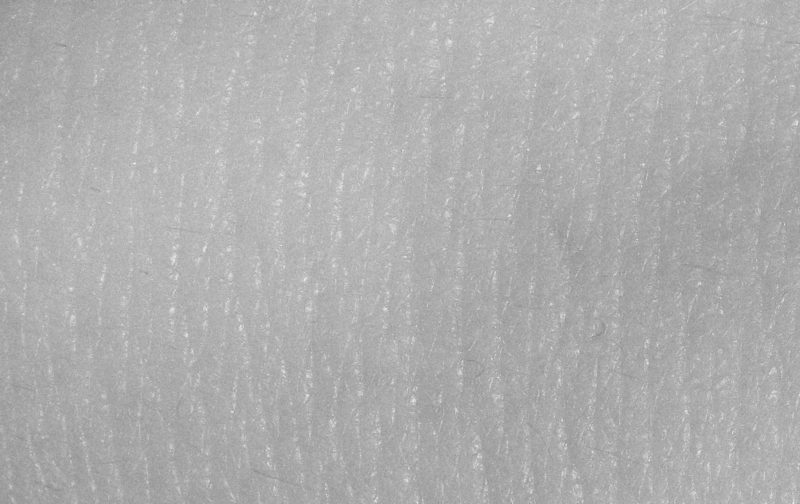In 2008, I was low-key obsessed by a news story about an art installation gone wrong at the Museum of Modern Art in New York City. It was called “Victimless Leather” – a teeny, tiny leather jacket grown from living mice cells in a glass incubation chamber that Frankenstein-ed out of control and had to be prematurely “put down.”
I loved that jacket, outgrowing its glass terrarium and its maker’s ambitions, as much as I love the TV show Naked And Afraid, where humans are pitted against the wilderness in our most vulnerable and miserable state.
Clothing is armor, as the contestants of that weird reality series could tell you—against the weather, against the thorns that pierce, the teeth that bite, the claws that snatch. Fashion, on the other hand, is play and art and expression: signs and signifiers that reveal something about who we are, or wish to be, even if, or especially if, it is only in the moment.
It’s a kind of social armor too, being able to represent and code-switch to fit in or stand out. As the world changes in eerily predictable and calamitous ways, I suspect we’re going to want to modulate those signals faster and easier to keep up with whatever the damn moment has to throw at us.
Imagining the future of fashion tends to focus on the fabrics: the slick neon elasticity of cyberpunk, the dirty utilitarian chic of every dystopia, and the ubiquitous leathers that are so embedded in our history we can’t imagine any iteration of science fiction couture without them. But what if fashion were less fabric, and more skins, like the ones you apply to your avatar in a video game? What if we could be our own victimless leathers, blood-and-sweatshops?
By 2050, I want fashion that doesn’t just cover our skin, but is our skin, fully customizable textures and colors, ever-shifting for different contexts, like an octopus with its chromatophores. I want to change up my cosmetics by thinking about it–to serve hot “lewks,” yes, but also to stymie surveillance AI with dazzle patterns that disguise the fact that I even have a face, let alone one with mappable features. I want to be able to fade into the wallpaper at parties to avoid tedious conversations with crypto-bros, definitely, but also to be able to camouflage myself against the burned-out remains of Walgreens, to hide from roving militias. I want it to be automatic, almost autonomic—a desire no sooner thought of as expressed across my entire surface area, that largest organ, all 3.6 kg, two square meters of it.
Please give me skin that can turn my goosebumps to defensive spines and quills and harden to biker leather when the police kettle closes in on the protest with their batons and tasers, but can also simulate glittering sequins and light up to the beat with spliced jellyfish genes, or trace a glowing wake where my lover has touched me. The future is complicated, and fraught, but hopefully we will still have lovers, still have the chance to dance. In 2050, I want my skin to be art and armor. I want to be more naked, and less afraid.

